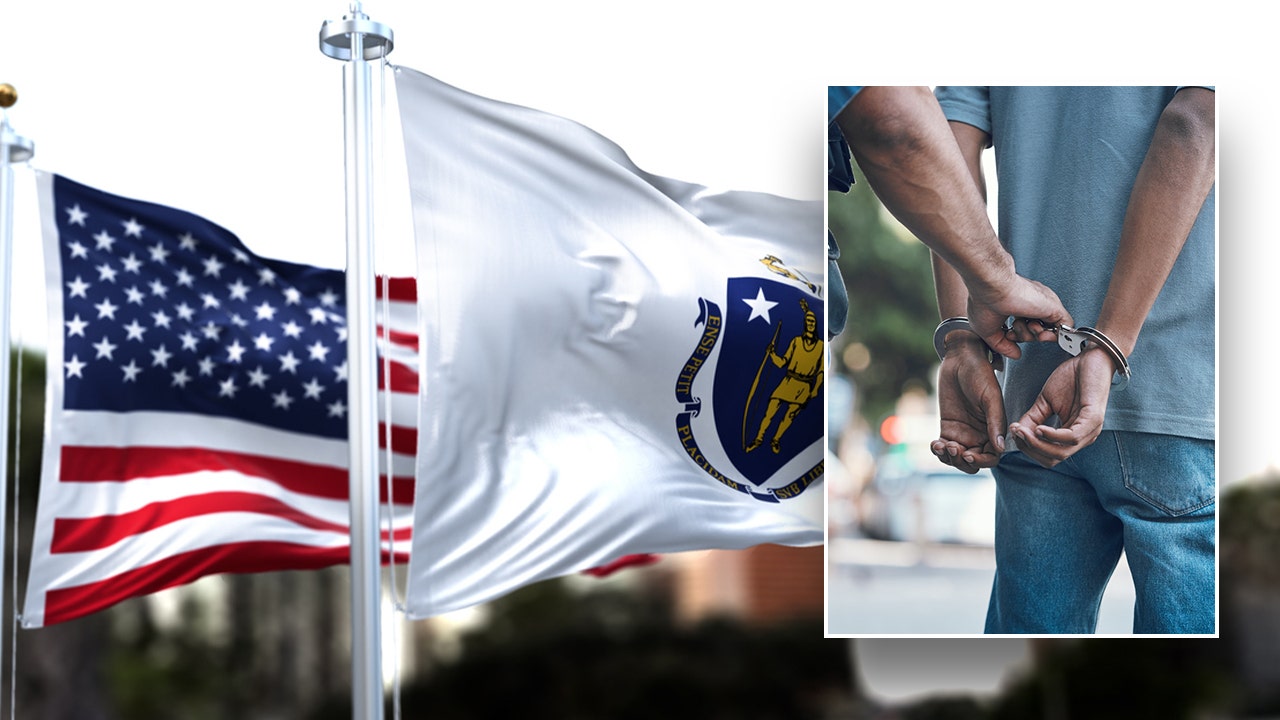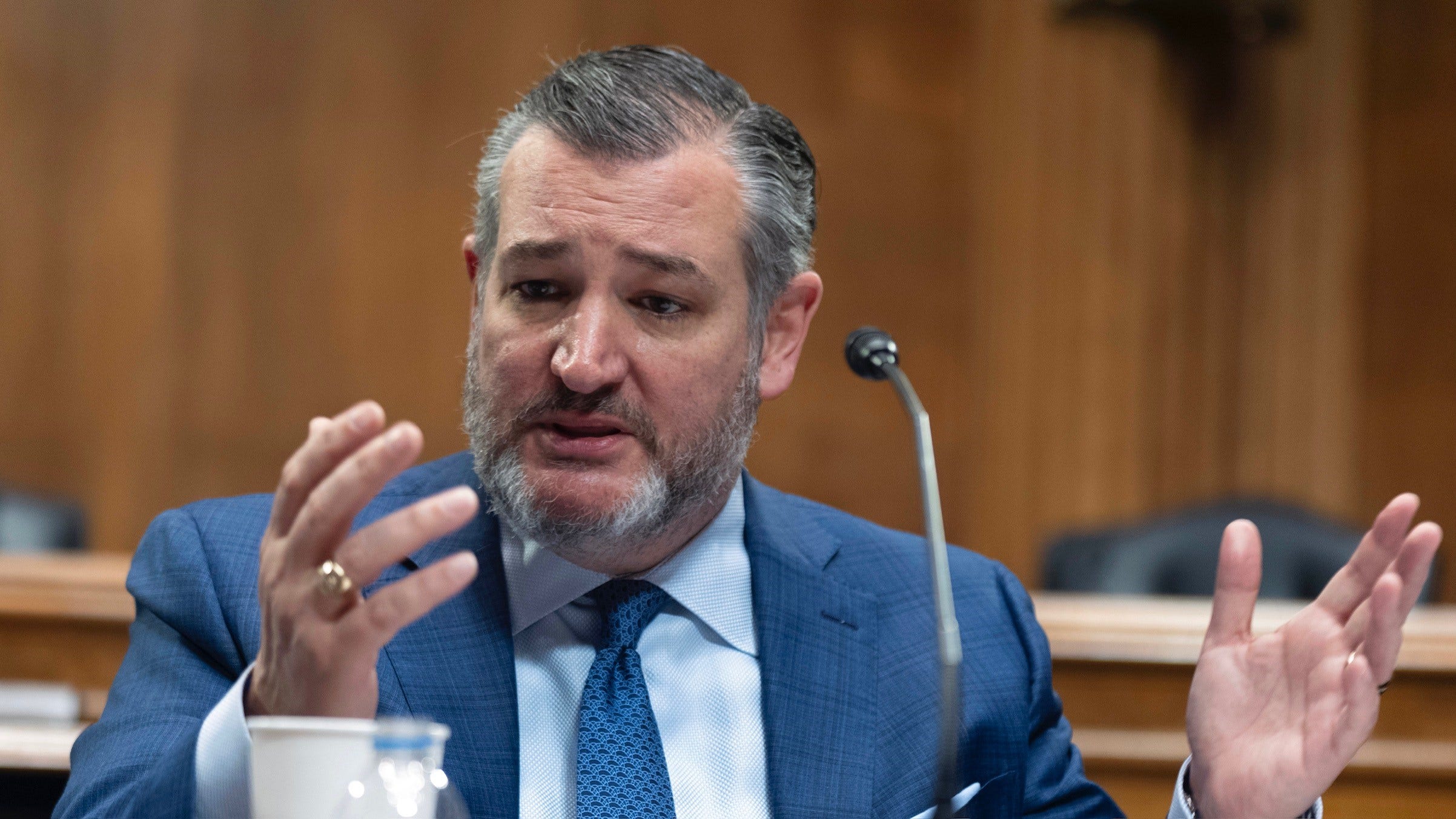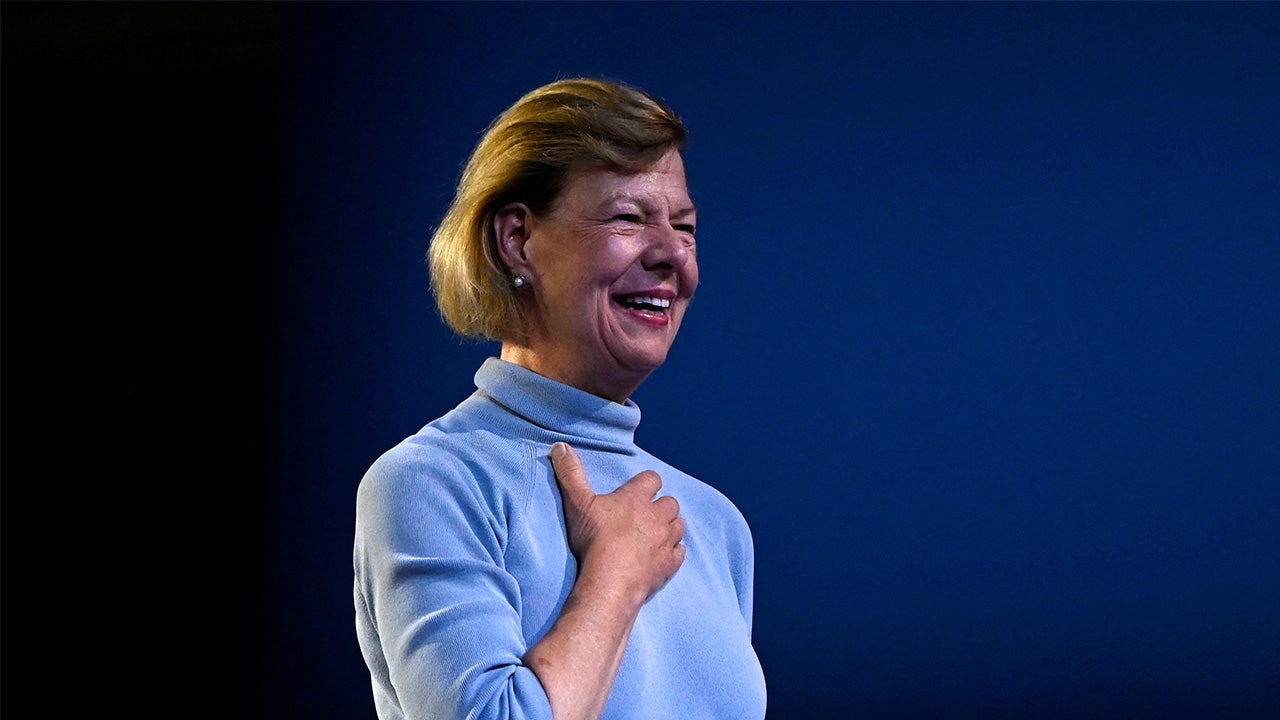Education
Applicants, Colleges Want to Know More About You and Your ‘Identity’

“Tell us about an aspect of your identity or a life experience that has shaped you.”
— Johns Hopkins University
For college applicants, this is the year of the identity-driven essay, the one part of the admissions process in which it is still explicitly legal to discuss race after the Supreme Court banned affirmative action in June.
A review of the essay prompts used this year by more than two dozen highly selective colleges reveals that schools are using words and phrases like “identity” and “life experience,” and are probing aspects of a student’s upbringing and background that have, in the words of a Harvard prompt, “shaped who you are.”
That’s a big change from last year, when the questions were a little dutiful, a little humdrum — asking about books read, summers spent, volunteering done.
But even if candidates can — or feel compelled to — open up, colleges face potential legal challenges. The Supreme Court warned that a candidate’s race may be invoked only in the context of the applicant’s life story, and colleges have consulted with lawyers to determine the line between an acceptable essay prompt and an unconstitutional one.
“Obviously, this is a pretty subjective standard,” said Ishan K. Bhabha, a lawyer who is advising many colleges and universities. “Different schools are going to have different levels of risk tolerance.”
Students for Fair Admissions, the group that defeated race-based admissions in the Supreme Court, is ready to challenge any essay topic that “is nothing more than a back-channel subterfuge for divulging a student’s race or ethnicity,” Edward Blum, the group’s founder, said.
“Feel free to tell us any ways in which you’re different and how that has affected you.”
— Duke University
Harvard, which was at the center of the lawsuit, has replaced last year’s single optional essay with five short essays, designed to allow the admissions committee to see each applicant as a “whole person.” The essays, up to 200 words each, are all required so that the admissions office can collect the same information from every applicant, according to Harvard.
The first essay question closely tracks with what the Supreme Court’s opinion said was permissible: “How will the life experiences that shape who you are today enable you to contribute to Harvard?”
Johns Hopkins carefully explains what is allowed in its essay, which asks students to write about an aspect of their identity or life experience that has shaped them. “Any part of your background, including but not limited to your race, may be discussed in your response to this essay if you so choose,” Johns Hopkins notes on its website. But it adds a caveat: the information “will be considered by the university based solely on how it has affected your life and your experiences as an individual.”
Sarah Lawrence College, outside of New York City, saucily incorporates a quote from the official summary of Chief Justice John G. Roberts’s majority decision in its prompt: “Nothing prohibits universities from considering an applicant’s discussion of how race affected the applicant’s life.”
Then the school asks applicants to “describe how you believe your goals for a college education might be impacted, influenced or affected by the court’s decision.”
These college-specific questions are supplements to the main essay in the Common App, the online application used by more than a million students each year.
The Common App said it was keeping last year’s seven essay choices. One mentions identity, another obstacles overcome. But in a nod to the new imperatives, the Common App said that it would monitor the choices of different “student populations.”
“Let your life speak. Describe the environment in which you were raised and the impact it has had.”
— Dartmouth College
Some students are seizing on the opportunity to write about race. Janyra Allen, 17, who attends Bard High School Early College in Baltimore, has started applying to colleges, with her top choice being Notre Dame of Maryland University. Janyra, who is Black, wants to be a nurse, and in her essays she has written about the lack of Black nurses and doctors in hospitals.
Janyra tries to include both her race and her accomplishments in her application answers, she said, because she wants universities to know “Black students can do amazing things, too.”
Amari Shepherd, 16, said she hoped colleges and universities would evaluate students based on merit, regardless of race. She is still thinking about what she wants to write in her essays, and although being Black is a large part of who she is, she isn’t sure if she will mention it extensively.
“I’m very proud of my race, but also I’ve worked very hard in my high school career,” said Amari, a senior at Frederick A. Douglass High School in New Orleans.
The essay may prove liberating for Asian American students, many of whom have been wary of how they present themselves. The lawsuit accused Harvard of racially stereotyping Asian Americans as high-achieving but bland and interchangeable — feeding the sense that applicants needed to appear “less Asian” by not majoring in science, for instance, or playing the cello.
Allison Zhang, a senior at a public high school in Maryland, said that she hoped to attend Georgetown or the University of Pennsylvania to study economics and political science. In her applications, “I’ve definitely been talking about my racial identity and also my gender because as an Asian American woman, that shaped a lot of how I view the world and the struggles that I’ve faced,” Allison, 17, said.
“Tell us about when, where or with whom you feel your most authentic, powerful self.”
— Barnard College
Some public universities are treading more carefully. The University of Virginia, for example, must navigate the tension between its stated commitment to diversity and conservative alumni, as well as the Republican governor, Glenn Youngkin, elected in 2021 largely on a pledge to overhaul education.
James E. Ryan, the president of the University of Virginia, sent a letter to the school community on Aug. 1, the unofficial beginning of application season, nodding to both alumni and the enslaved people who built the university and worked on the grounds.
He said that the university’s application now encompassed an essay prompt inviting applicants to talk about their connection to the university as children of graduates, or as “descendants of ancestors who labored at the university, as well as those with other relationships.”
John Yoo, a law professor at the University of California, Berkeley, who opposes race-conscious admissions, said that the new essay prompts seemed consistent with the court’s ruling.
What matters is not so much the wording as the way universities use the information, said Mr. Yoo, who served in the George W. Bush administration and is on the board of Pacific Legal Foundation, which filed an amicus brief on behalf of the plaintiffs.
“Suppose Harvard asked these questions and, magically, the racial composition of the freshman class is within three to four points of what it was before these essay questions,” he said. “I don’t think the courts are going to be fooled by innocuous-seeming essay questions which are used as a pretext by the colleges.”

Education
Video: Biden Apologizes for U.S. Mistreatment of Native American Children

new video loaded: Biden Apologizes for U.S. Mistreatment of Native American Children
transcript
transcript
Biden Apologizes for U.S. Mistreatment of Native American Children
President Biden offered a formal apology on Friday on behalf of the U.S. government for the abuse of Native American children from the early 1800s to the late 1960s.
-
The Federal government has never, never formally apologized for what happened until today. I formally apologize. It’s long, long, long overdue. Quite frankly, there’s no excuse that this apology took 50 years to make. I know no apology can or will make up for what was lost during the darkness of the federal boarding school policy. But today, we’re finally moving forward into the light.
Recent episodes in Politics
Education
Video: Los Angeles Bus Hijacked at Gunpoint

new video loaded: Los Angeles Bus Hijacked at Gunpoint
transcript
transcript
Los Angeles Bus Hijacked at Gunpoint
The person suspected of hijacking a bus which killed one person, was taken into custody after an hourlong pursuit by the Los Angeles Police Department early Wednesday morning.
-
“Get him.”
Recent episodes in Guns & Gun Violence
Education
The Youngest Pandemic Children Are Now in School, and Struggling

The pandemic’s babies, toddlers and preschoolers are now school-age, and the impact on them is becoming increasingly clear: Many are showing signs of being academically and developmentally behind.
Interviews with more than two dozen teachers, pediatricians and early childhood experts depicted a generation less likely to have age-appropriate skills — to be able to hold a pencil, communicate their needs, identify shapes and letters, manage their emotions or solve problems with peers.
A variety of scientific evidence has also found that the pandemic seems to have affected some young children’s early development. Boys were more affected than girls, studies have found.
“I definitely think children born then have had developmental challenges compared to prior years,” said Dr. Jaime Peterson, a pediatrician at Oregon Health and Science University, whose research is on kindergarten readiness. “We asked them to wear masks, not see adults, not play with kids. We really severed those interactions, and you don’t get that time back for kids.”
The pandemic’s effect on older children — who were sent home during school closures, and lost significant ground in math and reading — has been well documented. But the impact on the youngest children is in some ways surprising: They were not in formal school when the pandemic began, and at an age when children spend a lot of time at home anyway.
The early years, though, are most critical for brain development. Researchers said several aspects of the pandemic affected young children — parental stress, less exposure to people, lower preschool attendance, more time on screens and less time playing.
Yet because their brains are developing so rapidly, they are also well positioned to catch up, experts said.
The youngest children represent “a pandemic tsunami” headed for the American education system, said Joel Ryan, who works with a network of Head Start and state preschool centers in Washington State, where he has seen an increase in speech delays and behavioral problems.
Not every young child is showing delays. Children at schools that are mostly Black or Hispanic or where most families have lower incomes are the most behind, according to data released Monday by Curriculum Associates, whose tests are given in thousands of U.S. schools. Students from higher-income families are more on pace with historical trends.
But “most, if not all, young students were impacted academically to some degree,” said Kristen Huff, vice president for assessment and research at Curriculum Associates.
Recovery is possible, experts said, though young children have not been a main focus of $122 billion in federal aid distributed to school districts to help students recover.
“We 100 percent have the tools to help kids and families recover,” said Catherine Monk, a clinical psychologist and professor at Columbia, and a chair of a research project on mothers and babies in the pandemic. “But do we know how to distribute, in a fair way, access to the services they need?”
What’s different now?
“I spent a long time just teaching kids to sit still on the carpet for one book. That’s something I didn’t need to do before.”
David Feldman, kindergarten teacher, St. Petersburg, Fla.
“We are talking 4- and 5-year-olds who are throwing chairs, biting, hitting, without the self-regulation.”
Tommy Sheridan, deputy director, National Head Start Association
Brook Allen, in Martin, Tenn., has taught kindergarten for 11 years. This year, for the first time, she said, several students could barely speak, several were not toilet trained, and several did not have the fine motor skills to hold a pencil.
Children don’t engage in imaginative play or seek out other children the way they used to, said Michaela Frederick, a pre-K teacher for students with learning delays in Sharon, Tenn. She’s had to replace small building materials in her classroom with big soft blocks because students’ fine motor skills weren’t developed enough to manipulate them.
Michaela Frederick, a pre-K teacher in Sharon, Tenn., playing a stacking game with a student.
Aaron Hardin for The New York Times Preschoolers do not have the same fine motor skills as they did prepandemic, Ms. Frederick said.
Aaron Hardin for The New York Times
Perhaps the biggest difference Lissa O’Rourke has noticed among her preschoolers in St. Augustine, Fla., has been their inability to regulate their emotions: “It was knocking over chairs, it was throwing things, it was hitting their peers, hitting their teachers.”
Data from schools underscores what early childhood professionals have noticed.
Children who just finished second grade, who were as young as 3 or 4 when the pandemic began, remain behind children the same age prepandemic, particularly in math, according to the new Curriculum Associates data. Of particular concern, the students who are the furthest behind are making the least progress catching up.
The youngest students’ performance is “in stark contrast” to older elementary school children, who have caught up much more, the researchers said. The new analysis examined testing data from about four million children, with cohorts before and after the pandemic.
Data from Cincinnati Public Schools is another example: Just 28 percent of kindergarten students began this school year prepared, down from 36 percent before the pandemic, according to research from Cincinnati Children’s Hospital.
How did this happen?
“They don’t have the muscle strength because everything they are doing at home is screen time. They are just swiping.”
Sarrah Hovis, preschool teacher, Roseville, Mich.
“I have more kids in kindergarten who have never been in school.”
Terrance Anfield, kindergarten teacher, Indianapolis
One explanation for young children’s struggles, childhood development experts say, is parental stress during the pandemic.
A baby who is exposed to more stress will show more activation on brain imaging scans in “the parts of that baby’s brain that focus on fear and focus on aggression,” said Rahil D. Briggs, a child psychologist with Zero to Three, a nonprofit that focuses on early childhood. That leaves less energy for parts of the brain focused on language, exploration and learning, she said.
During lockdowns, children also spent less time overhearing adult interactions that exposed them to new language, like at the grocery store or the library. And they spent less time playing with other children.
Kelsey Schnur, 32, of Sharpsville, Pa., pulled her daughter, Finley, from child care during the pandemic. Finley, then a toddler, colored, did puzzles and read books at home.
But when she finally enrolled in preschool, she struggled to adjust, her mother said. She was diagnosed with separation anxiety and selective mutism.
“It was very eye-opening to see,” said Ms. Schnur, who works in early childhood education. “They can have all of the education experiences and knowledge, but that socialization is so key.”
Preschool attendance can significantly boost kindergarten preparedness, research has found. But in many states, preschool attendance is still below prepandemic levels. Survey data suggests low-income families have not returned at the same rate as higher-income families.
“I have never had such a small class,” said Analilia Sanchez, who had nine children in her preschool class in El Paso this year. She typically has at least 16. “I think they got used to having them at home — that fear of being around the other kids, the germs.”
Time on screens also spiked during the pandemic — as parents juggled work and children cooped up at home — and screen time stayed up after lockdowns ended. Many teachers and early childhood experts believe this affected children’s attention spans and fine motor skills. Long periods of screen time have been associated with developmental delays.
Heidi Tringali, an occupational therapist in Charlotte, N.C., playing with a patient.
Travis Dove for The New York Times
Children are showing effects of spending time on screens, Ms. Tringali said, including shorter attention spans, less core strength and delayed social skills.
Travis Dove for The New York Times
Heidi Tringali, a pediatric occupational therapist in Charlotte, N.C., said she and her colleagues are seeing many more families contact them with children who don’t fit into typical diagnoses.
She is seeing “visual problems, core strength, social skills, attention — all the deficits,” she said. “We really see the difference in them not being out playing.”
Can children catch up?
“I’m actually happy with the majority of their growth.”
Michael LoMedico, second-grade teacher, Yonkers, N.Y.
“They just crave consistency that they didn’t get.”
Emily Sampley, substitute teacher, Sioux Falls, S.D.
It’s too early to know whether young children will experience long-term effects from the pandemic, but researchers say there are reasons to be optimistic.
“It is absolutely possible to catch up, if we catch things early,” said Dr. Dani Dumitriu, a pediatrician and neuroscientist at Columbia and chair of the study on pandemic newborns. “There is nothing deterministic about a brain at six months.”
There may also have been benefits to being young in the pandemic, she and others said, like increased resiliency and more time with family.
Some places have invested in programs to support young children, like a Tennessee district that is doubling the number of teaching assistants in kindergarten classrooms next school year and adding a preschool class for students needing extra support.
Oregon used some federal pandemic aid money to start a program to help prepare children and parents for kindergarten the summer before.
For many students, simply being in school is the first step.
Sarrah Hovis, a preschool teacher in Roseville, Mich., has seen plenty of the pandemic’s impact in her classroom. Some children can’t open a bag of chips, because they lack finger strength. More of her students are missing many days of school, a national problem since the pandemic.
But she has also seen great progress. By the end of this year, some of her students were counting to 100, and even adding and subtracting.
“If the kids come to school,” she said, “they do learn.”
-

 News1 week ago
News1 week agoHerbert Smith Freehills to merge with US-based law firm Kramer Levin
-
Business1 week ago
Column: OpenAI just scored a huge victory in a copyright case … or did it?
-

 Health1 week ago
Health1 week agoBird flu leaves teen in critical condition after country's first reported case
-

 Business5 days ago
Business5 days agoColumn: Molly White's message for journalists going freelance — be ready for the pitfalls
-
World1 week ago
Sarah Palin, NY Times Have Explored Settlement, as Judge Sets Defamation Retrial
-

 Politics4 days ago
Politics4 days agoTrump taps FCC member Brendan Carr to lead agency: 'Warrior for Free Speech'
-

 Science2 days ago
Science2 days agoTrump nominates Dr. Oz to head Medicare and Medicaid and help take on 'illness industrial complex'
-
/cdn.vox-cdn.com/uploads/chorus_asset/file/25739950/247386_Elon_Musk_Open_AI_CVirginia.jpg)
/cdn.vox-cdn.com/uploads/chorus_asset/file/25739950/247386_Elon_Musk_Open_AI_CVirginia.jpg) Technology3 days ago
Technology3 days agoInside Elon Musk’s messy breakup with OpenAI














